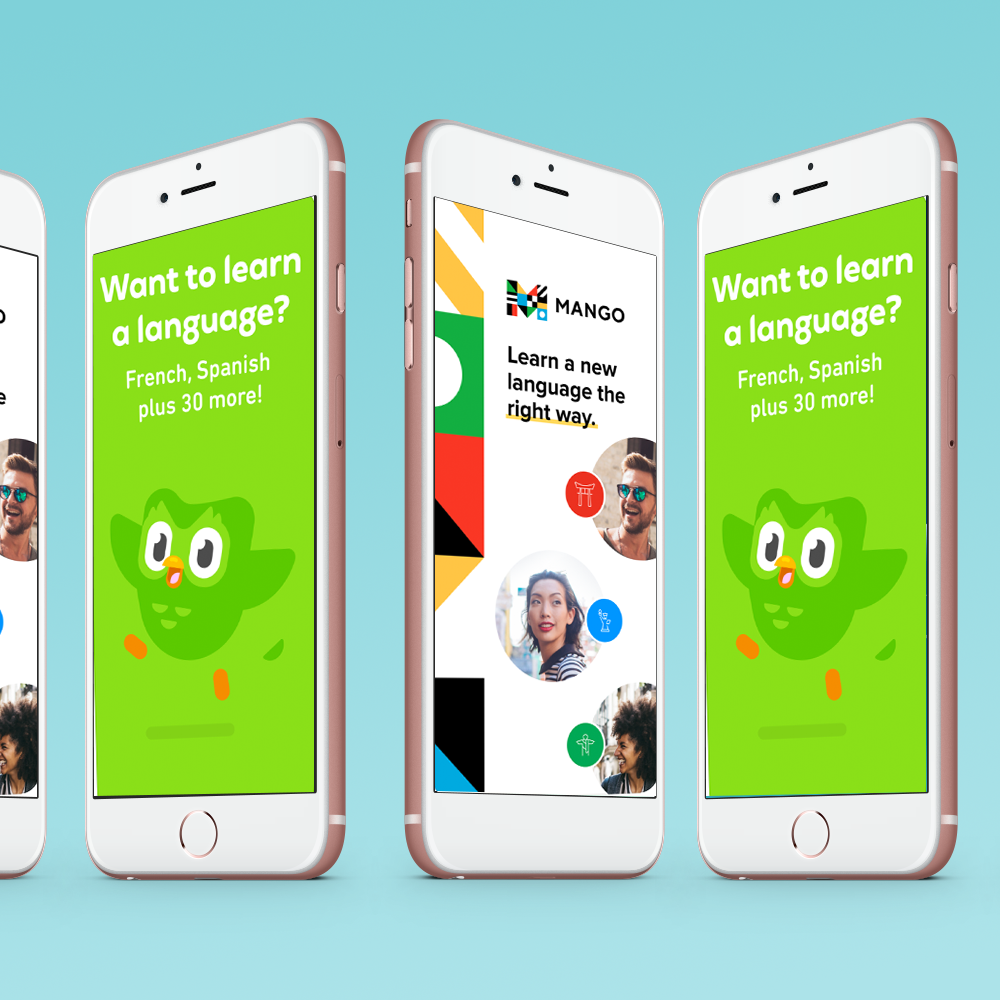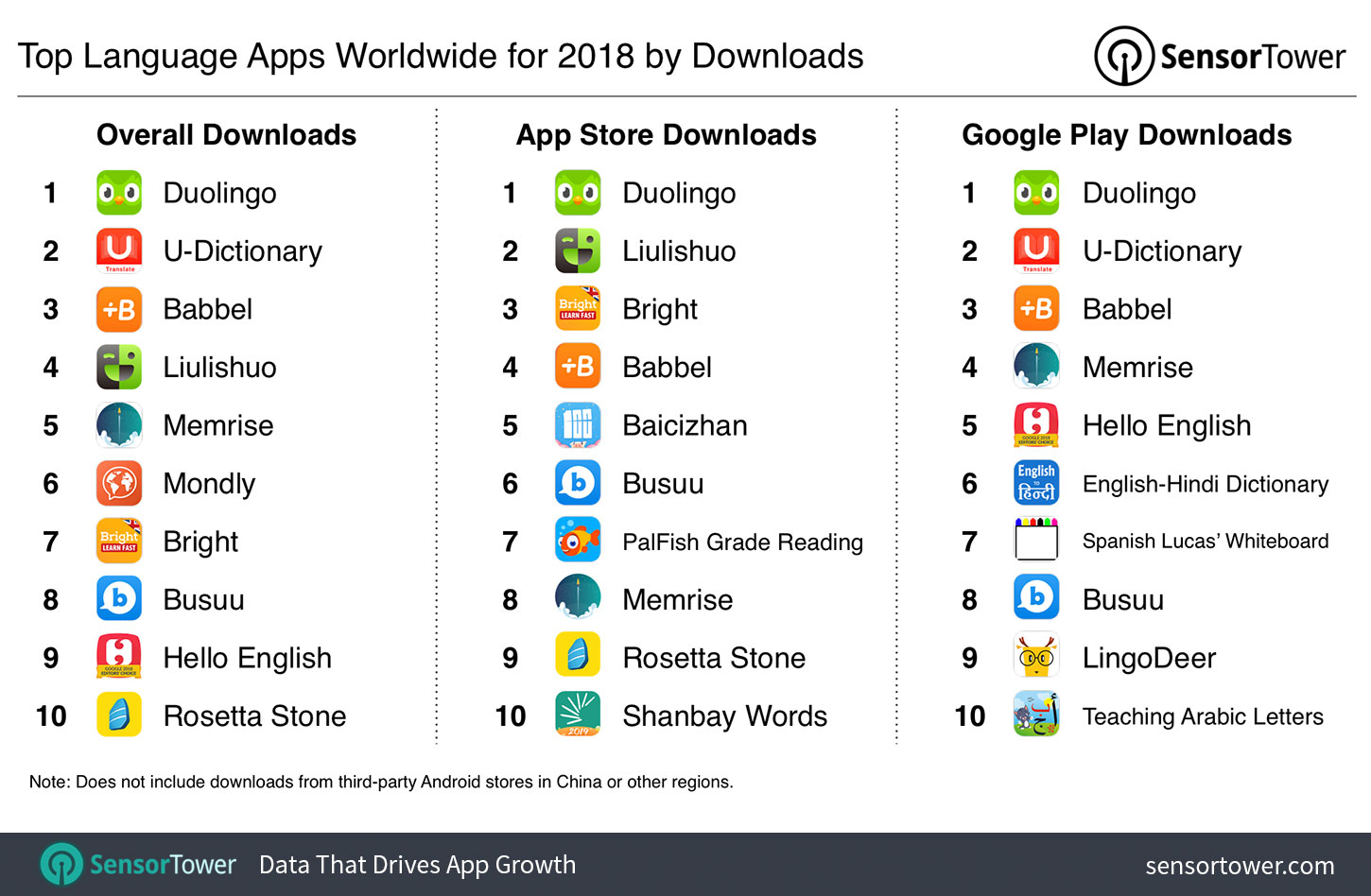Best Language Apps: Your Guide to Learning Languages the Smart Way
In a world that’s increasingly interconnected, speaking multiple languages is more valuable than ever. Whether you’re learning a new language for travel, work, or personal enrichment, language learning apps are an effective and convenient way to build skills on-the-go. In this article, we’ll explore some of the best language apps available today, dive into their features, and help you choose the one that best suits your learning style.

Why Use Language Learning Apps?
Learning a new language has never been easier, thanks to the many language learning apps available. These apps combine modern technology with educational tools to make language acquisition fun, effective, and accessible. Whether you’re a beginner or looking to polish your skills, there’s an app that will guide you through the process.
-
Portability: Learn anywhere, anytime on your smartphone or tablet.
-
Flexibility: Choose your learning pace and method.
-
Cost-effective: Many apps offer free versions or affordable subscription models.
By using language apps, you can make significant progress in a short amount of time without the need for formal classes or expensive tutors.
Top Language Learning Apps
Let’s take a closer look at some of the top-rated language learning apps. These apps have been tested and trusted by learners worldwide, offering a range of features to help you master your chosen language.
1. Duolingo
Duolingo is one of the most popular language learning apps. Its engaging, game-like interface makes learning fun and keeps you motivated.
Features of Duolingo:
-
Gamification: Earn points, level up, and unlock new challenges as you progress.
-
Variety of Languages: Duolingo offers lessons in over 30 languages, including Spanish, French, and Japanese.
-
Daily Practice: Regular reminders encourage you to practice every day, ensuring consistency.
Duolingo is perfect for beginners and those who want to learn a language casually. It’s also completely free, with the option to upgrade to a premium version for an ad-free experience.

2. Babbel
Babbel is another top contender when it comes to language learning apps. It focuses on helping learners gain practical, real-world language skills.
Features of Babbel:
-
Real-life Conversations: Babbel’s lessons are designed to teach you how to speak in everyday situations.
-
Personalized Learning: The app tailors lessons to your learning style and progress.
-
Speech Recognition: Babbel includes speech recognition to help with pronunciation.
Although Babbel offers a free trial, it requires a paid subscription to access the full content. However, the value it provides for serious learners is worth the investment.
3. Rosetta Stone

Rosetta Stone is a pioneer in the language learning field. Its immersive approach emphasizes vocabulary and grammar through pictures and context, rather than translation.
Features of Rosetta Stone:
-
Immersive Method: Learn a language without relying on your native tongue.
-
Speech Recognition: Improve pronunciation with feedback from advanced speech recognition technology.
-
Wide Range of Languages: Rosetta Stone offers lessons in 24 languages, including Arabic, Mandarin, and German.
Rosetta Stone is great for those who prefer a more traditional, immersive approach to language learning.
4. Memrise
Memrise combines language learning with entertaining video clips and interactive exercises. It uses a unique approach to help learners retain vocabulary and phrases more easily.
Features of Memrise:
-
Native Speaker Videos: Watch short videos of native speakers to help you understand the language in real-life contexts.
-
Spaced Repetition: Memrise uses an algorithm to help you review words at optimal intervals, boosting memory retention.
-
Engaging Exercises: Memrise’s exercises are designed to be fun and challenging, helping you stay motivated.
Memrise is perfect for learners who want a fun, interactive way to reinforce their vocabulary and grammar.
5. HelloTalk
HelloTalk is a unique app that connects learners with native speakers around the world, making it one of the best language learning apps for conversation practice.
Features of HelloTalk:
-
Chat with Native Speakers: Practice by texting or sending voice messages to people who speak the language you’re learning.
-
Language Exchange: You can also teach your native language to others in exchange.
-
Text Correction: Native speakers can correct your messages, providing feedback on your grammar and vocabulary.
HelloTalk is an excellent app for those who want to practice speaking and writing in real-life conversations.
6. Lingodeer
Lingodeer is a highly-rated app known for its structured, grammar-focused approach to language learning. It’s designed to teach languages from the ground up, offering a solid foundation for beginners.
Features of Lingodeer:
-
Grammar-focused Lessons: Learn the rules of grammar and sentence structure.
-
Interactive Games: Engage in fun games and challenges to reinforce your learning.
-
Multiple Languages: Lingodeer offers courses in several languages, including Chinese, Japanese, and Korean.
Lingodeer is ideal for those who want to understand the structure of a language in-depth.
How to Choose the Best Language Learning App for You
With so many language apps to choose from, selecting the right one can be overwhelming. Here are a few tips to help you choose the best app for your learning style:
-
Consider your learning goals: Are you learning for travel, work, or personal growth? Some apps focus on casual vocabulary, while others emphasize grammar and conversation skills.
-
Think about your preferred learning style: Do you prefer a game-like experience or a more immersive, traditional approach?
-
Check language options: Make sure the app offers the language you want to learn.
Once you’ve identified your preferences, it’ll be easier to choose the app that aligns with your needs.
Tips for Effective Language Learning
To get the most out of your chosen app, here are a few tips for effective language learning:
-
Set Realistic Goals: Break down your learning into achievable milestones, like learning a set number of words each week.
-
Consistency is Key: Try to practice every day, even if it’s just for a few minutes.
-
Practice Speaking: Don’t just focus on reading and writing. Make sure to practice speaking with native speakers when possible.
-
Use Multiple Apps: Don’t be afraid to combine apps for a more rounded learning experience.
Frequently Asked Questions (FAQs)
1. How long does it take to learn a new language with apps?
It depends on your goals, dedication, and the complexity of the language. With consistent practice, you can expect to achieve basic conversational fluency within a few months.
2. Are these language apps free?
Many apps, like Duolingo and Memrise, offer free versions with basic features. However, to unlock all content and advanced features, some apps may require a paid subscription.
3. Can I use these apps offline?
Some apps, like Duolingo and Babbel, allow you to download lessons for offline use, making it easy to learn while traveling or without an internet connection.
4. Which app is best for beginners?
Duolingo and Babbel are excellent options for beginners due to their user-friendly interfaces and gradual, structured lessons.
Conclusion
Choosing the right language learning app can make all the difference in your language journey. Whether you’re a beginner or an advanced learner, there’s an app that suits your needs. By practicing regularly, setting goals, and using the features of these apps to your advantage, you’ll be speaking a new language in no time.
So why wait? Download one of these best language apps today and start your learning journey!



